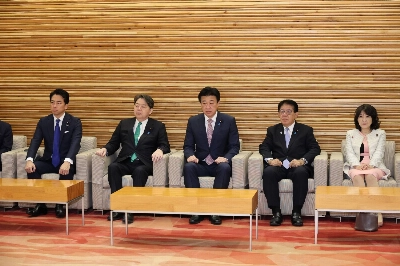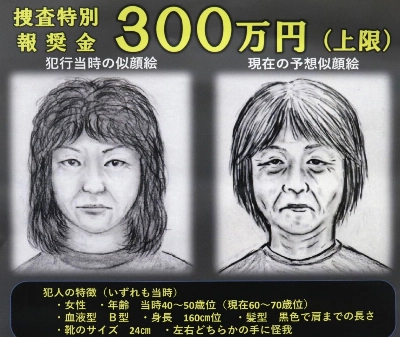Since 1997, and the onset of the Asian financial crisis, there has been little for the Association of Southeast Asian Nations to celebrate. But ASEAN rang in this New Year with a much needed boost. On Jan. 1, six of its 10 member-nations completed their plans to create an ASEAN Free Trade Area. Creation of a regional free trade area will boost Southeast Asian economies by sharpening competitiveness and spurring reform. It also provides a challenge to other governments in Asia, such as Japan: Tokyo must fashion a coherent and timely response to the ASEAN initiative.
AFTA was adopted by the six original members of ASEAN -- Brunei, Indonesia, Malaysia, the Philippines, Singapore and Thailand -- in 1992 and implementation began a year later. Under the scheme, the six countries would reduce tariffs on a wide range of manufactured and agricultural products to between 0 and 5 percent. The move would have important effects since the six countries account for more than 96 percent of trade in the region.
Originally, AFTA was supposed to be completed in 2008. Three years after the plan was inaugurated, though, the organization decided to accelerate implementation to 2003. The economic crisis of 1997 promoted ASEAN to move the deadline up yet another year. The group's four other members -- Cambodia, Laos, Myanmar and Vietnam, all of which joined after the initial decision to establish the AFTA -- have until 2006 to reduce tariffs to the 5 percent level. All import duties in the region will be eliminated by 2010 for the six original members and by 2015 for the new members.

















With your current subscription plan you can comment on stories. However, before writing your first comment, please create a display name in the Profile section of your subscriber account page.